What Are Nd Filter Used For ?
ND filters, or neutral density filters, are used in photography and videography to reduce the amount of light entering the camera lens without affecting the color or hue of the image. They are particularly useful in bright outdoor settings where the amount of light can cause overexposure or washed-out images. ND filters come in different strengths, measured in stops, and can be stacked to achieve even greater light reduction. They are commonly used in landscape photography to create long exposure effects, such as smoothing out water or clouds, and in videography to achieve a shallow depth of field in bright lighting conditions. ND filters are also used in astrophotography to capture long exposures of the night sky without overexposing the image.
1、 Photography
ND filters, or neutral density filters, are used in photography to reduce the amount of light entering the camera lens without affecting the color or hue of the image. This allows photographers to use slower shutter speeds or wider apertures in bright conditions, creating a range of creative effects.
ND filters are particularly useful in landscape photography, where they can be used to capture long exposures of waterfalls or rivers, creating a smooth, silky effect. They can also be used to blur motion in other types of photography, such as sports or street photography, creating a sense of movement and energy in the image.
In recent years, ND filters have become increasingly popular in drone photography, where they can be used to reduce the shutter speed and create a more cinematic look. They are also used in astrophotography, where they can be used to capture long exposures of the night sky, creating stunning images of stars and galaxies.
Overall, ND filters are an essential tool for any photographer looking to create unique and creative images in a range of different conditions. With a range of different strengths and types available, there is an ND filter to suit every photographer's needs.
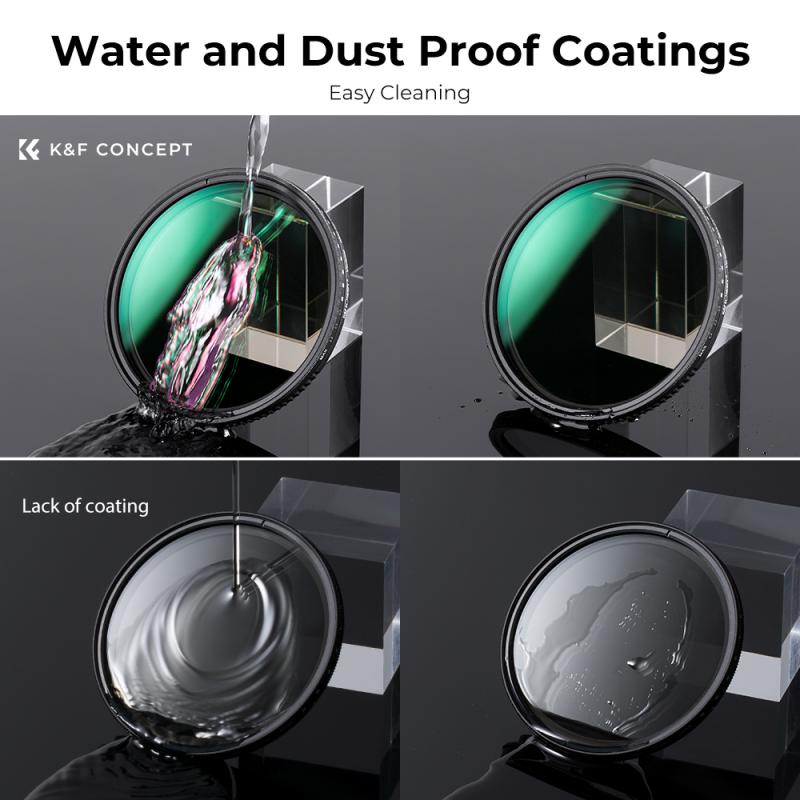
2、 Videography
ND filters, or neutral density filters, are used in videography to reduce the amount of light entering the camera lens without affecting the color or hue of the image. This allows videographers to achieve a shallow depth of field or a slower shutter speed, even in bright lighting conditions. ND filters are particularly useful when shooting outdoors in bright sunlight, as they can help prevent overexposure and allow for more creative control over the image.
In recent years, ND filters have become increasingly popular in the world of drone videography. Drones are often used to capture aerial footage, but the bright sunlight can make it difficult to achieve the desired look. ND filters can help drone videographers achieve a cinematic look by allowing for a slower shutter speed and a shallower depth of field.
Another recent trend in videography is the use of variable ND filters. These filters allow videographers to adjust the amount of light entering the lens by rotating the filter, rather than having to switch out different filters. This can save time and make it easier to achieve the desired look in changing lighting conditions.
Overall, ND filters are an essential tool for videographers looking to achieve a professional look in their footage, whether shooting on the ground or in the air.
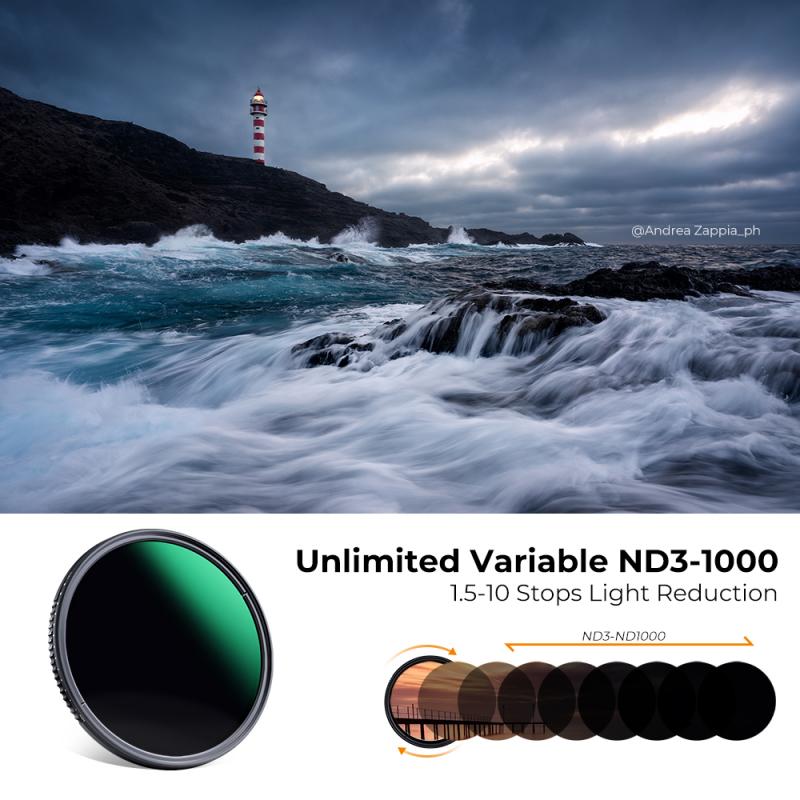
3、 Reducing light intensity
ND filters, or neutral density filters, are used to reduce the amount of light entering the camera lens without affecting the color or hue of the image. They are commonly used in photography and videography to achieve certain creative effects or to overcome technical limitations.
One of the primary uses of ND filters is to allow for longer exposure times in bright conditions. This is particularly useful for landscape photography, where a longer exposure can create a sense of motion in water or clouds. ND filters can also be used to achieve a shallow depth of field in bright conditions, allowing for a blurred background while keeping the subject in focus.
In videography, ND filters are used to maintain a consistent shutter speed and frame rate in changing lighting conditions. This is important for creating smooth and professional-looking footage. ND filters can also be used to achieve a cinematic look by reducing the amount of light entering the lens and creating a shallow depth of field.
In recent years, ND filters have become increasingly popular among drone pilots. Drones are often flown in bright conditions, and ND filters can help to reduce the amount of light entering the camera lens and prevent overexposure. This allows for more balanced and natural-looking footage.
Overall, ND filters are an essential tool for photographers and videographers looking to achieve certain creative effects or overcome technical limitations. They are versatile and can be used in a variety of situations, making them a valuable addition to any camera kit.
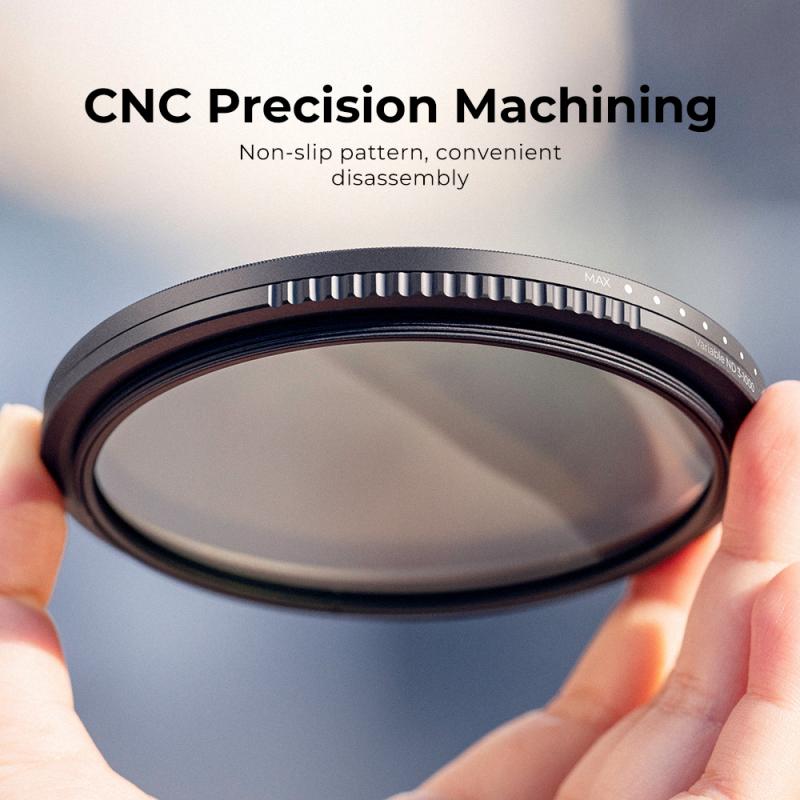
4、 Balancing exposure
ND filters, or neutral density filters, are used for balancing exposure in photography and videography. They are essentially pieces of glass or resin that reduce the amount of light entering the camera lens without affecting the color or quality of the image. This allows photographers and videographers to use wider apertures or slower shutter speeds in bright conditions, without overexposing the image.
ND filters are particularly useful in landscape photography, where bright sunlight can cause harsh shadows and blown-out highlights. By using an ND filter, photographers can capture a more balanced exposure, with detail in both the highlights and shadows. They are also commonly used in long exposure photography, where a slow shutter speed is used to create a sense of motion in water or clouds.
In recent years, ND filters have become increasingly popular in drone photography and videography. Drones are often flown in bright, sunny conditions, which can cause overexposure and washed-out colors. By using an ND filter, drone pilots can capture more cinematic footage with a more balanced exposure and richer colors.
Overall, ND filters are an essential tool for any photographer or videographer looking to balance exposure and capture high-quality images in bright conditions.
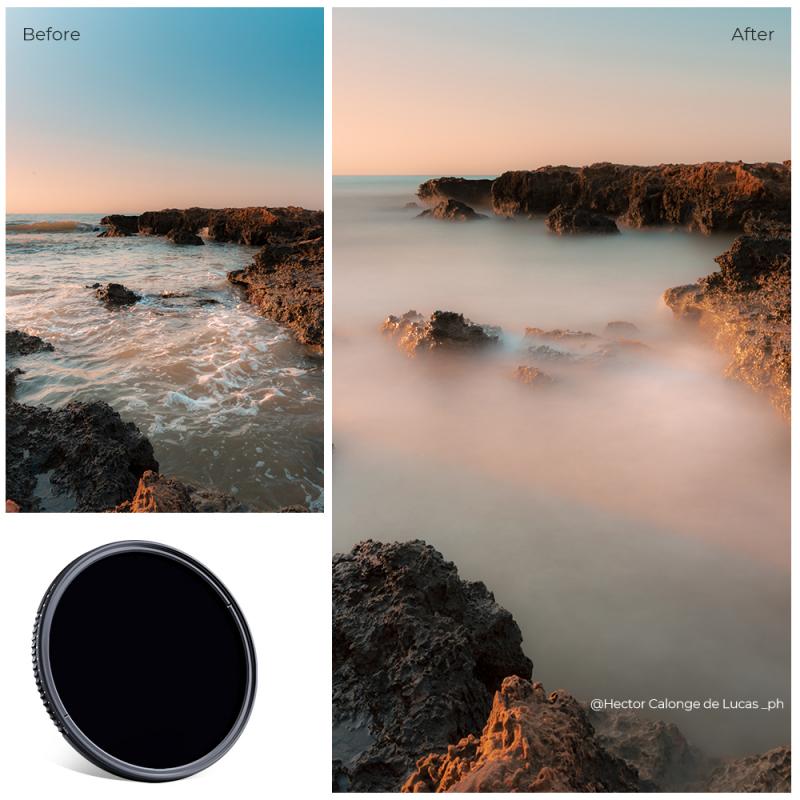






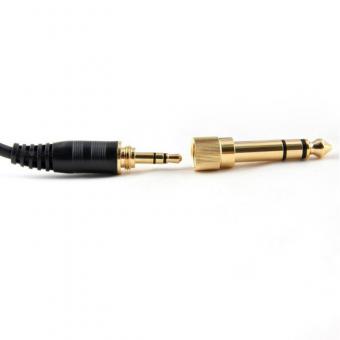




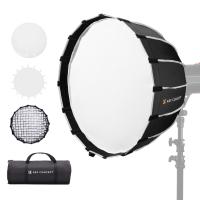


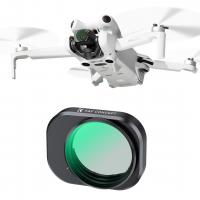
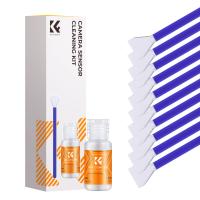

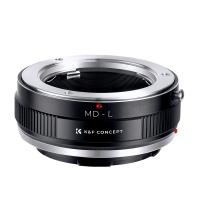




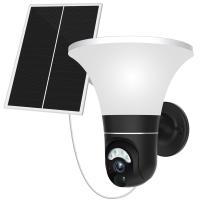

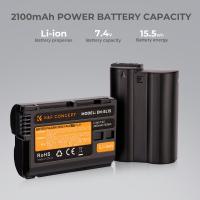
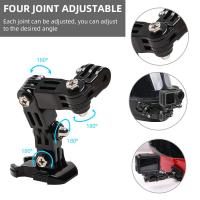
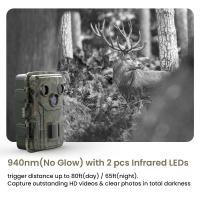

There are no comments for this blog.